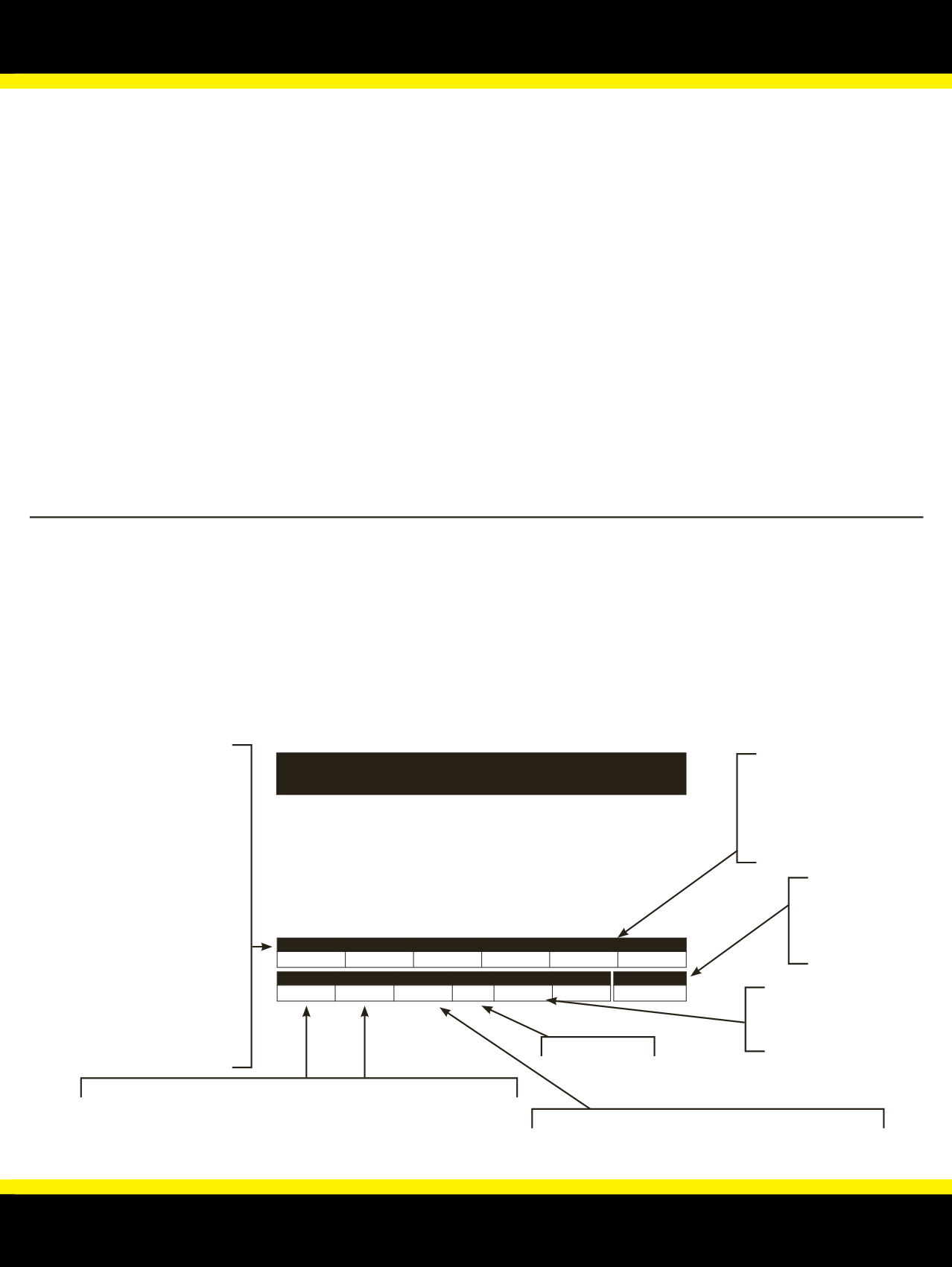
3
1
CED
BEPD
WEPD
YEPD
SC
MILK
+2
+2.9
+55
+102
N/A
+32
MARB
RE
$B
BW ADJ. WW RATIO
I+.34 I+.43 +127.18 100 727 102
*Soo Line Motive 9016
Soo Line Lass 0400
+Basin Full Throttle 203W
#Basin Eileenmere U412
HF Kodiak 5R
TLA Beauty 5R
Bar-E-L Thor 6T
Soo Line Lass 8397
#HARB Pendleton 765 JH
Basin Lucy 338R
+Basin Traveler 1106
+Basin Eileenmere 05P2
Brooking Prosecutor 222
A&K Eileenmere Z862
LOT
KEY - Jif 740E
Birth Date: 1-14-2017
Bull 18956503
Tattoo: 740E
DAM’S WR
4-100
AMERICAN ANGUS ASSOCIATION
GUIDELINES USED IN DETERMINING PATHFINDER COW AWARD STATUS
The program identifies Pathfinder Cows in herds actively involved in Angus Herd Improvement Records (AHIR). First, the
female must produce her first calf near the herd’s average age for first calving. More specifically, the maximum age accepted
for first calving of a Pathfinder Cow is the within-herd average for first calving plus 30 days. The within-herd average is
determined separately for each herd in AHIR.
The second criteria, the Pathfinder Cow must maintain a regular calving interval. The maximum calving interval is:
365 days + [30 days] Number of calving intervals.
Thirdly, to qualify initially, her first three calves must post a minimum average progeny weaning weight ratio of 105.
Should she fail to do this on her first three calves, she can qualify later by achieving an average progeny weaning weight
ratio of 105, provided she meets the other requirements. A minimum of 10 herd mates or contemporaries must be evaluated
together each year to determine the weight ratio. Additionally, her calves must be sired by registered Angus bulls. To continue
to qualify each consecutive year, the cow must produce regularly and wean a calf that helps maintain the average weaning ratio
of 105 or above. It is pointed out that once a cow is designated a Pathfinder, she is always a Pathfinder, even though she might
not qualify for listing each year.
UNDERSTANDING THE INFORMATION PRINTED WITH EACH SALE LOT
Complete performance information is provided for each animal. The ratios are calculated in separate contemporary groups
and conditions they were raised under, so that a ratio of 100 will not necessarily correlate to the same weight between the
different groups. We have calculated interim EPDs for cattle that do not yet have official EPDs. Expected Progeny Difference
(EPD) is the estimate of how future progeny of each sire are expected to perform in each of the traits listed. EPD is expressed
in pounds, either plus or minus. For example, when used on the same cows, calves sired by a bull with a +40 Weaning EPD
should average 10 pounds more than those sired by a bull with a +30 Weaning EPD.
EPDs in this sale book are current as of
sale book press time. Updated EPDs can be viewed at
.
Calving Ease Direct (CED) EPD
is expressed as a difference in percentage
of unassisted births, with a higher value
indicating greater calving ease in first calf
heifers. It predicts the average difference
in ease with which a sire’s calves will be
born when he is bred to first-calf heifers.
Birth (BW) EPD
is a predictor of progeny birth weight
attributed to the parent.
Weaning (WW) and Yearling (YW) EPDs
are predictors of the animal’s ability to
transmit weaning growth and yearling
growth to its progeny.
Milk EPD
is a predictor of an animal’s genetic merit
for milk and mothering ability.
SC EPD
Scrotal Circumference, expressed
in centimeters, is a predictor of the
difference in transmitting ability
for scrotal size compared to that of
other sires.
EPDs for Carcass Merit based on the Ultrasound Evaluation System
Marb EPD
Marbling EPD (Marb), expressed as
a fraction of the difference in USDA
marbling score of a sire’s progeny
compared to progeny of other sires.
RE EPD
Ribeye Area EPD (RE), expressed in
square inches, is a predictor of the
difference in ribeye area of a sire’s progeny
compared to progeny of other sires.
Dam Production
Is the number of calves
and average nursing ratio
for all calves raised by
the dam of the animal.
$B (Beef Value)
An index value expressed in dollars per head, the expected average
difference in future progeny performance for post-weaning and
carcass value compared to progeny of other sires.
Birth Weight (actual)
Adjusted Weaning Weight
Individual Adjusted 205-Day
Weaning Weight for use in
within-herd comparisons.


